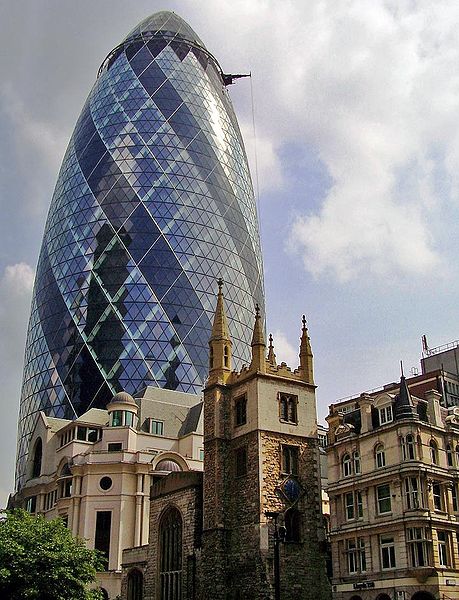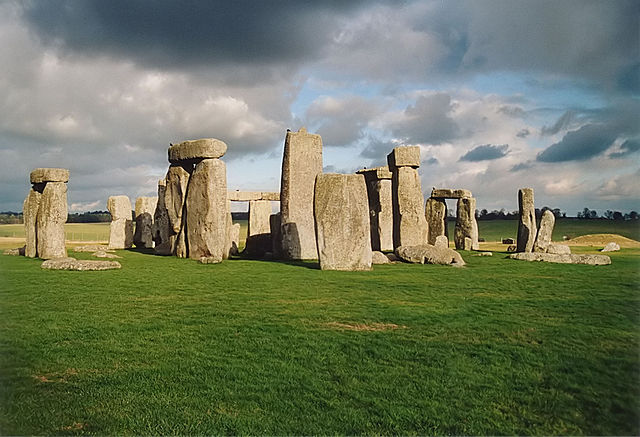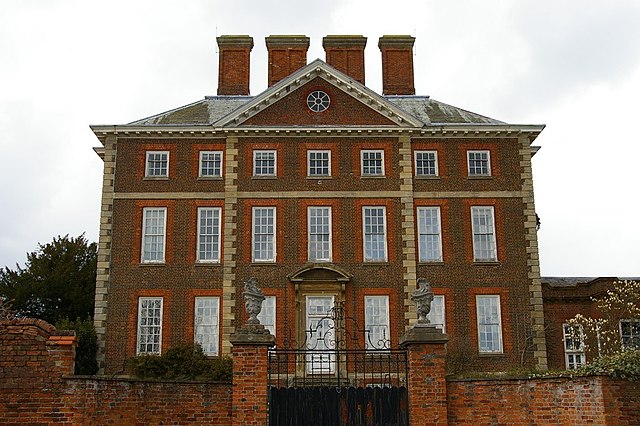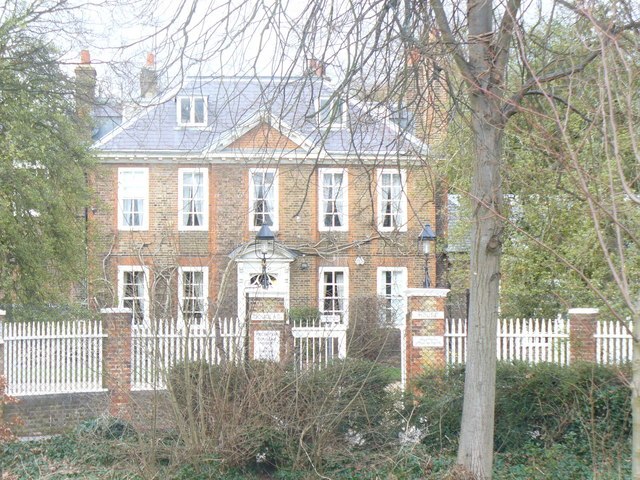The architecture of England is the architecture of modern England and in the historic Kingdom of England. It often includes buildings created under English influence or by English architects in other parts of the world, particularly in the English and later British colonies and Empire, which developed into the Commonwealth of Nations.
Norman Foster's 'Gherkin' (2004) rises above the sixteenth century St Andrew Undershaft in the City of London
Stonehenge
All Saints' Church, Earls Barton
Norwich Castle: round arches are characteristic of the Romanesque style
Queen Anne style architecture
The Queen Anne style of British architecture refers to either the English Baroque architecture of the time of Queen Anne or the British Queen Anne Revival form that became popular during the last quarter of the 19th century and the early decades of the 20th century. In other English-speaking parts of the world, New World Queen Anne Revival architecture embodies entirely different styles.
Winslow Hall in Buckinghamshire (1700), possibly by Christopher Wren, has most of the typical features of the original English style.
Hanbury Hall in Worcestershire (c. 1706) is about as large a building as is found in the English Queen Anne style.
Douglas House, Petersham, early 18th century
Bluecoat Chambers in Liverpool (1717), in a version of the original Queen Anne style








